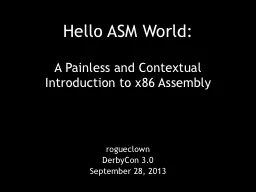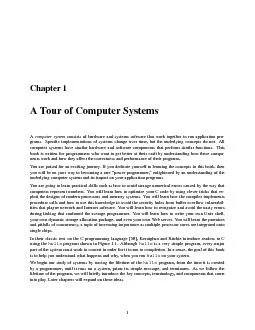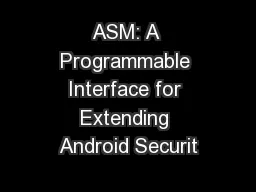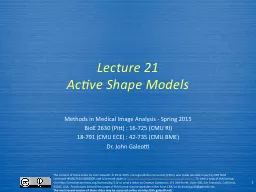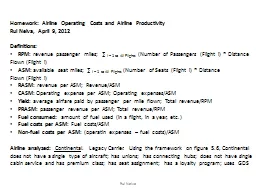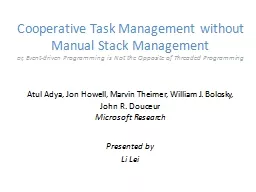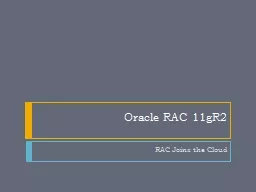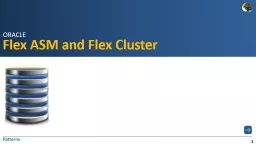PPT-Hello ASM World:
Author : pasty-toler | Published Date : 2017-05-26
A Painless and Contextual Introduction to x86 Assembly rogueclown DerbyCon 30 September 28 2013 who security consultant by vocation mess around with computers code
Presentation Embed Code
Download Presentation
Download Presentation The PPT/PDF document "Hello ASM World:" is the property of its rightful owner. Permission is granted to download and print the materials on this website for personal, non-commercial use only, and to display it on your personal computer provided you do not modify the materials and that you retain all copyright notices contained in the materials. By downloading content from our website, you accept the terms of this agreement.
Hello ASM World:: Transcript
Download Rules Of Document
"Hello ASM World:"The content belongs to its owner. You may download and print it for personal use, without modification, and keep all copyright notices. By downloading, you agree to these terms.
Related Documents

